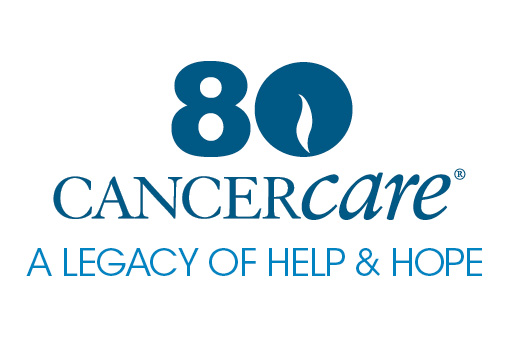Breast cancer is one of the most common forms of cancer in the United States. Early detection in important to find any cancer earlier, when it is easier to treat. This fact sheet covers:
- When and how often to get breast screening
- Possible signs of breast cancer
- Risk factors for breast cancer
Screening Recommendations
The most important screening test for breast cancer is the mammogram. It can detect breast cancer up to two years before the tumor can be felt from the surface.
Breast cancer can affect everyone, including men. It is important to speak with your doctor to learn more about your risk and suggestions for screening.
Starting at age 40. Speak with your doctor about when to start screening.
Starting at age 45 to 50. It is usually recommended to start screening every one or two years. Your doctor can determine how frequently you should be screened.
Get regular mammograms. Set up a schedule with your doctor that is right for your age and situation. Try to use the same center each year so your results can be compared.
Look for an FDA certificate. The U.S. Food and Drug Administration (FDA) issues a certificate to all mammography centers that meet high professional standards of safety and quality.
Questions About Your Treatment
In addition to regular screening, any of the following symptoms should be checked by your doctor.
- A lump or mass felt in the breast
- Change in size, shape or color of the breast or nipple
- Inverted nipple or nipple discharge
- Swelling or thickening of the breast
- Consistent pain in the breast
- Dimpling of the skin
- Flakiness or irritated skin
Some Risk Factors for Breast Cancer
Most cases of breast cancer cannot be linked to a specific cause, but there are risk factors. If any of these apply, discuss with your doctor as you set your schedule for breast screening.
Age. The chance of getting breast cancer increases with age. Nearly 80 percent of breast cancers are found in people over the age of 50.
Personal history of breast cancer. Anyone who has had breast cancer in one breast is at an increased risk of developing cancer in the other breast.
Family history of breast cancer. If you have an immediate relative with breast cancer, especially a younger person (before age 40), you may have a higher risk.
Genetic factors. Certain genetic mutations, including changes to the BRCA1 and BRCA2 genes, are associated with a higher risk of developing breast cancer. Biomarker testing, including genetic testing, can help.
Childbearing and menstrual history. Research suggests a link between reproductive and menstrual history and the risk of breast cancer. Higher risk factors include:
- Early onset menstruation (before age 12)
- Late onset menopause (after age 55)
- Never having children, childbirth later in life or not breastfeeding
Hormone use. Menopausal hormone therapy and certain types of birth control may have hormones that are risk factors for breast cancer.
Other factors. Studies show that there are certain factors that you can control to lower your risk of developing breast cancer. Living a healthy lifestyle that includes physical activity, limiting alcohol and eating a nutritious diet may be beneficial to your overall health. Talk to your health care team on any factors that may lower your own risk of breast cancer.
